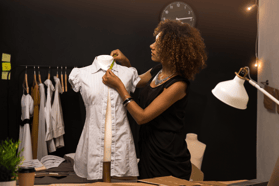Fast- vs. Slow Fashion
Education: Sustainable Practice in Fashion


Hello fashion enthusiasts and language educators! Do you enjoy clothing- and shopping for the newest fashion? Let's embark on a sartorial adventure together!
Teaching EFL students about the concepts of fast fashion and slow fashion is not only essential for language learning but also for promoting sustainability. By equipping students with knowledge about the environmental and ethical implications of their fashion choices, we can inspire them to make more responsible decisions. In this post, we explore effective methods and strategies to successfully teach fast fashion and slow fashion to students in grade 8 to 12.
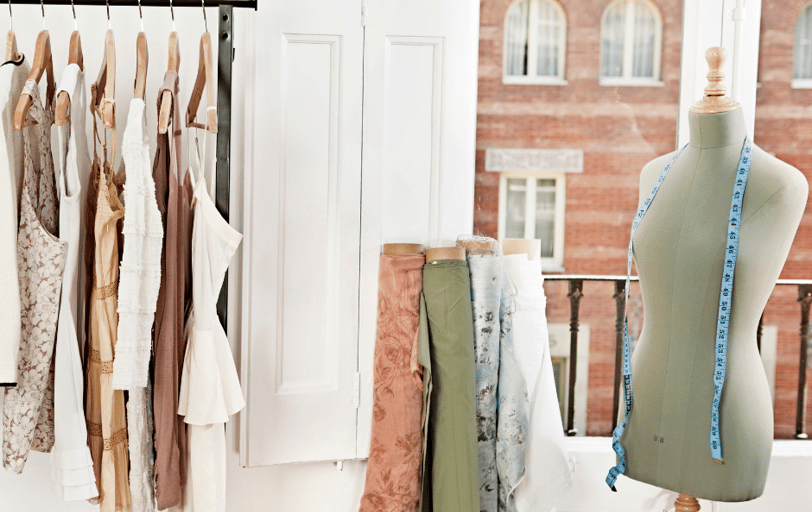

2. Fashion Dilemmas (Speaking):
Start by presenting students with real-world fashion dilemmas or scenarios.
For instance, you can describe a situation where they need to choose between buying an inexpensive, trendy shirt from a fast fashion brand or a more expensive, sustainably produced shirt.
Divide the class into small groups or pairs and have them discuss their perspectives and reasons for their choices.
Encourage them to share personal experiences or opinions related to the dilemma.
After group discussions, each group can select a spokesperson to present their arguments and conclusions to the class, leading to a full-class debate or discussion. This allows students to practice speaking, express their views, and engage in persuasive discourse.
4. Opinion Journaling (Writing):
Following the speaking activity, ask students to individually reflect on the fashion dilemma they discussed.
Instruct them to write a journal entry or opinion piece in which they share their thoughts, explaining their choice and considering the implications.
Encourage students to use appropriate vocabulary and expressions related to the topic and to support their arguments with reasons, evidence, and examples. This practice enhances their writing skills and encourages critical thinking.
Once students complete their journal entries or essays, you can offer feedback and provide opportunities for peer review to improve their writing.
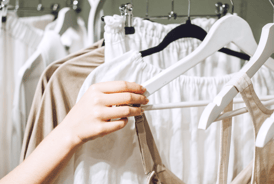

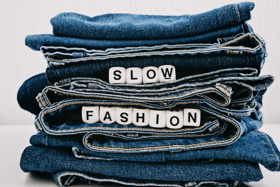

5. Case Studies:
Share real-world case studies of fast fashion brands and slow fashion companies.
Discuss their business models, sustainability efforts, and the impact on society and the environment.
Assign a case-study that students create based on thorough research, peer- or cross-curricular collaboration with other subject teachers and students.
3. Role-Playing:
Encourage students to engage in role-playing activities where they take on the roles of consumers, fashion designers, or ethical activists.
This approach allows them to understand different perspectives and practice real-life conversations.


6. Debates and Discussions:
Organize debates or group discussions on topics related to fashion sustainability.
Assign students roles as advocates for fast fashion or slow fashion and let them present arguments for their respective sides.
1. Vocabulary Building:
Introduce relevant vocabulary and terms related to fast fashion and slow fashion.
Create word banks and flashcards to reinforce understanding.




7. Documentaries and Films:
Show videos, documentaries or films that focus on fast fashion and its consequences.
Follow up with guided discussions to help students analyze and reflect on the content.
8. Guest Speakers:
Invite guest speakers, such as fashion industry professionals or sustainability experts, to share their insights with the class.
This experience can provide students with real-world perspectives.






Teaching fast fashion and slow fashion to EFL students can empower them to be conscious consumers and promote sustainability. By implementing these methods, and strategies we can make this important topic engaging and informative. Through these lessons, students can learn to make more informed choices when it comes to their fashion preferences, supporting a more sustainable future.
When you visit my store, make sure to grab the Slow Fashion FREEBIE! Together, we can educate the next generation about sustainable fashion and inspire positive change in the world.
Take care,
Josephine


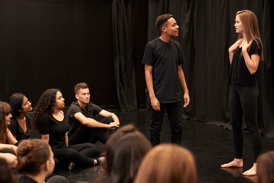

9. Research Projects:
Assign research projects that require students to investigate various aspects of fast- and slow fashion such as the environmental impact, labor conditions, or consumer behavior.
10. Ethical Fashion Show:
Organize an ethical fashion show where students create outfits from sustainable materials or upcycled clothing.
This hands-on approach can foster creativity and a deeper understanding of slow fashion.
